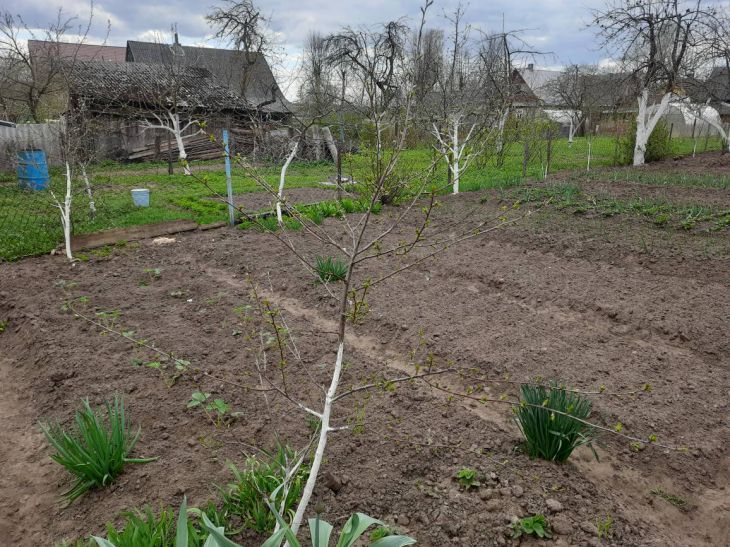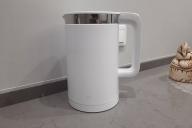The question of the advisability of using human excrement in a garden plot has always been acute.
Some summer residents claim that it is beneficial for soil fertility, while others insist that it is dangerous for the harvest.
The article discusses the pros and cons of human waste from the toilet and how it can be recycled.
Human feces on the site and its advantages
The use of human waste in a summer cottage has undeniable advantages:
- easy absorption by plants;
- rich in nitrogen, potassium and phosphorus, food waste;
- free organic material with the possibility of convenient waste disposal.

The Negative Side of Using Human Excrement in the Country
Despite the significant advantage of the material's composition, many summer residents refuse to use it for reasons such as:
- waste can cause burns to the root system;
- feces are dangerous in unprocessed form;
- the composition of the waste is rich in chlorine and sodium, which make the soil alkaline and salty;
- together with excrement, parasite eggs fall into the soil, which have the ability to survive in any conditions and return to the body with the fruits, infecting it;
- excess feces will have a negative impact on the soil;
- unpleasant smell from fertilizer;
- waste can pollute groundwater.
Methods of processing human feces
The disadvantages do not stop experimenters from using human feces on their site. To minimize the consequences, it is recommended to process them, destroying pathogens. There are two ways to do this.
Storage and processing in a bio-toilet
In dachas without permanent residence, a bio-toilet is very popular. In it, excrement does not go into the sewer, but into a special tank that needs to be cleaned periodically.
It is this tank that can serve as a method for processing feces. A small layer of peat or sawdust should be placed on the bottom of the bio-toilet container and during its filling, simply add layers of the selected material.
During the processing process, an unpleasant odor may appear, which must be eliminated by adding superphosphate to the container.
After filling the tank, the waste must be transferred to a compost pit, watered with a decomposition accelerator, covered with film, and in 16-20 months the fertilizer will be ready.
Compost toilet
A structure for composting human feces, similar in principle to a bio-toilet. But you can build it yourself from a waste container, boards, a lid and a seat for comfort.
In the finished structure, you need to sprinkle the bottom with sawdust or peat and, as the tank fills, simply add a little material suitable for processing.
Once the container is full, its contents should be taken to a compost heap and watered with an EM preparation for rapid waste processing.
The use of human excrement in the country as fertilizer does take place. But one must remember the danger of infection by parasites and the death of plants.








